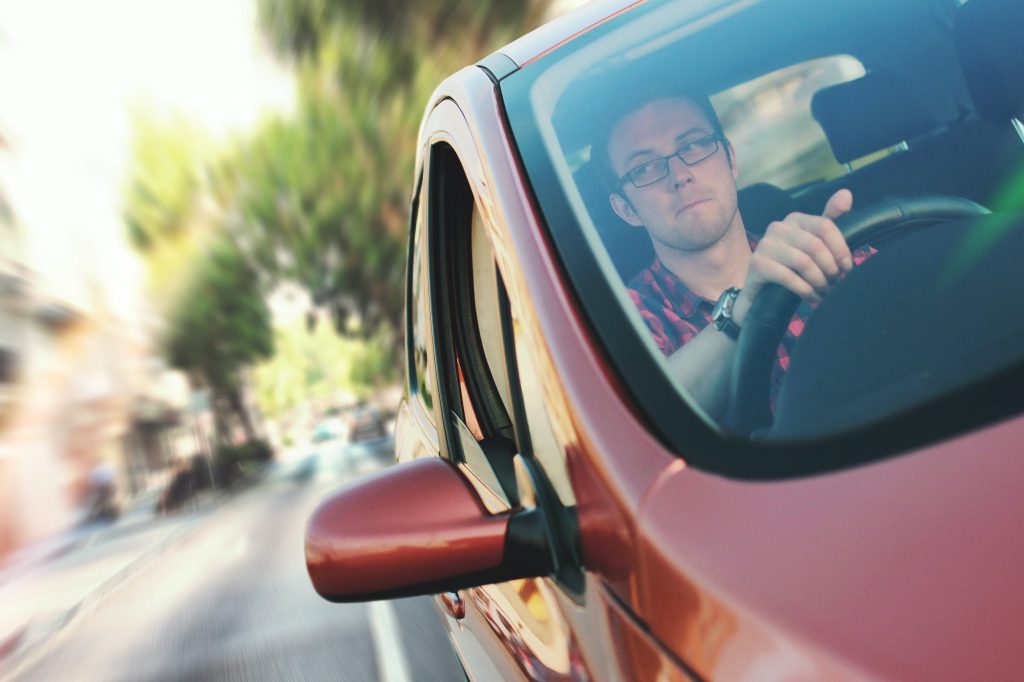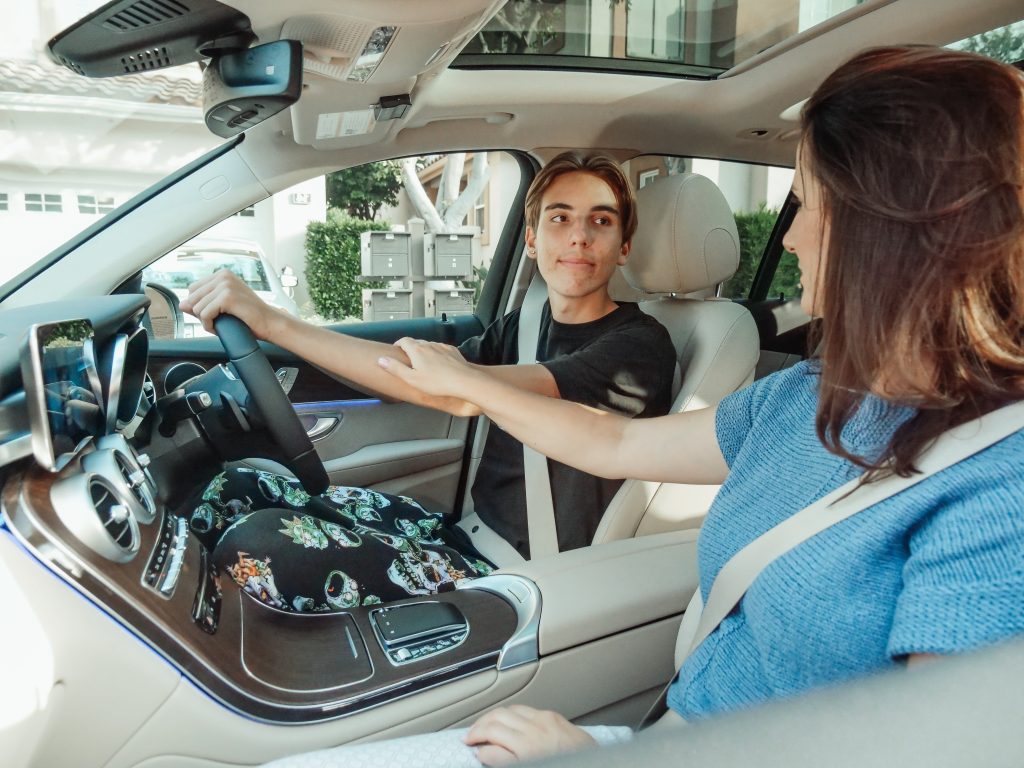If you haven’t sat behind the wheel since you first passed your test and have just forked out for a car, or you simply had to take a break for whatever reason, it can be incredibly nerve-wracking to get back out on the road. Even if it’s only been a few months since you were last in a car, it’s not always straightforward coming back to driving after a break. Though you might be legally qualified to drive, lack of practice can make it dangerous to just get back in the car and drive off wherever you please. You need to be sure that you’re up to date with the latest rules of the road and feel not only comfortable, but also safe when driving.
If you’re interested in coming back to driving after a break, there’s plenty that you can do to rebuild your confidence and ensure you’re safe on the roads. Keep on reading to find out more!
Taking a break from driving

If it’s been a while since you’ve been behind the wheel, you’re one of many qualified drivers to do so in the UK. Compare The Market conducted a survey of 3,002 licence holders in 2016 and found that 2% hadn’t driven since passing their test, and 1 in 10 disclosed that they hadn’t driven for 12 months. The odds are that, if you ask your friends or relatives, you’ll find a few that are in the exact same boat.
So, why exactly do people take such a long break from driving? It varies from driver to driver, really. In the 2016 survey, the qualified drivers who had taken a long break cited the following reasons:
– 37% said the cost of driving was too high
– 25% lacked the confidence to get back on the road
– 20% said they hadn’t considered the costs of driving before they took the test
– 9% felt pressured to pass the driving test at a young age
It makes a lot of sense. If you pass your test as soon as possible—at, say, 17 years old—you’re not exactly going to be able to afford to buy a car, insurance cover and fuel. By the time you are able to cover the expense of driving, years will have passed and the prospect of getting back on the roads will have you breaking into a sweat. The same applies for those who take the test when they have no real need to drive. If you live in a city centre, for example, you’re probably within walking distance of everything you’ll need on a day-to-day basis.
So, what exactly can you do to get back into shape when coming back to driving after a break?
Go back to basics
Even though you’re a qualified driver and legally allowed to head out onto the roads, it’s not that simple if you haven’t been behind the wheel for a long period of time. Whether it’s only been a few months since you were last out on the roads or decades, the rules of the road are constantly changing, so you need to be sure your theoretical knowledge is up to snuff. Plus, a break—whether short or long—can have you feeling unsure in your driving ability, meaning you’ll need to work at regaining your confidence.
Let’s take a closer look at what this might entail on your end…
Work on your theoretical knowledge

Driving safely requires you to be familiar with the Highway Code, road signs and the many other rules of the road. Things are always changing on the road—from new smart motorways to learners now driving on motorways—so you need to try and get back up to date before you head back out onto the roads. There’s a good reason why the DVSA requires learners to retake the theory test if they haven’t passed the driving test within two years, and that’s because theoretical knowledge is the key to safe driving.
Whilst you can’t retake your theory test, there are plenty of other ways to put your knowledge to the test. We’d suggest taking a good look at our ultimate theory test revision resources guide. It contains a wealth of information and quizzes to help you refresh your knowledge and make sure you’re familiar with aspects like motorway rules, road and traffic signs, hazard awareness and much more.
Put your skills to the test
If you’ve only been off the road for a few months and just feel a little rusty, you may simply wish to start driving in a less busy area to get into the swing of things again. Good examples could be an empty car park or a quiet residential estate. Before you head out, we’d suggest you take half an hour or so to get to grips with the car you’re driving in. Then, head out to a familiar area and test your skills in areas like clutch control and manoeuvres.
For some drivers, it’s as simple as that, and their muscle memory kicks in quickly when they come back to driving after a break. Others, however, end up feeling more unsure of themselves behind the wheel than they were when they first started learning to drive. If practising by yourself isn’t doing anything for your nerves, or you feel like your driving skills are no longer as sharp as they used to be, you might want to look at practising with family and friends or professional tuition.
Practice with family and friends

Sometimes, just having a family member or friend next to you in the passenger seat can boost your confidence a tenfold—whether they’re keeping your nerves at bay by chatting to you or giving you handy tips. If you do intend to practise with someone, however, you’ll need to make sure you have the correct insurance cover for the vehicle you intend to drive. It’s also advisable to stick to areas you’re familiar with at first and avoid driving at rush hour, at least until you feel more comfortable behind the wheel.
Of course, having a relative or friend beside you in the car can sometimes have the opposite effect. For example, you might not like their teaching style or you might end up feeling more pressure having them there. If this type of practice isn’t having a positive effect on your nerves or lack of confidence, you might want to consider the next step.
Professional tuition
One of the best ways to get your confidence back to where it was when you first passed your driving test would be to take a refresher course with a DVSA-approved instructor. By doing so, you can refresh your driving knowledge and get essential guidance from someone who is experienced with teaching people how to drive. It’s likely that your chosen instructor will have helped dozens of people in your exact situation before—with great results!
